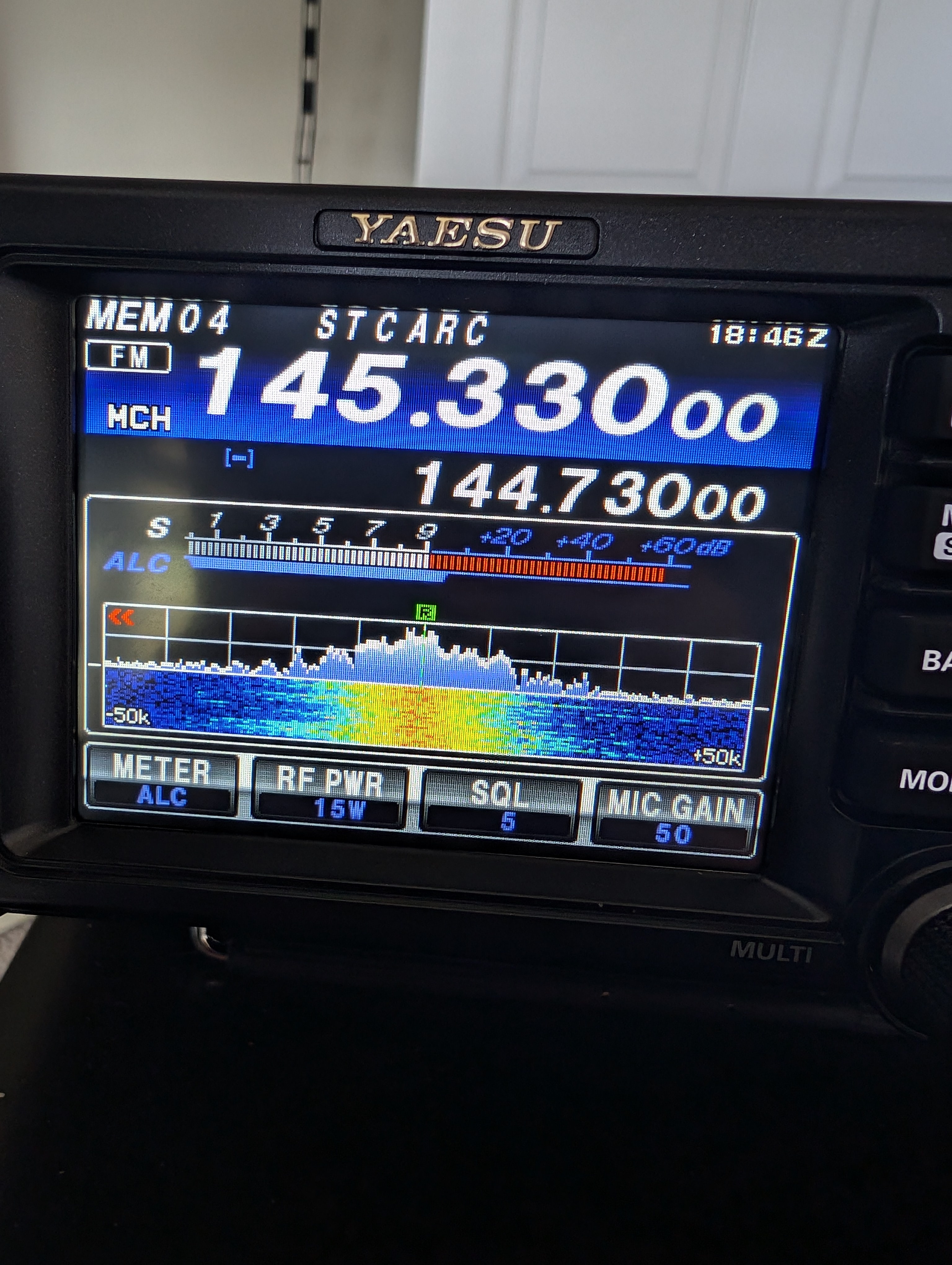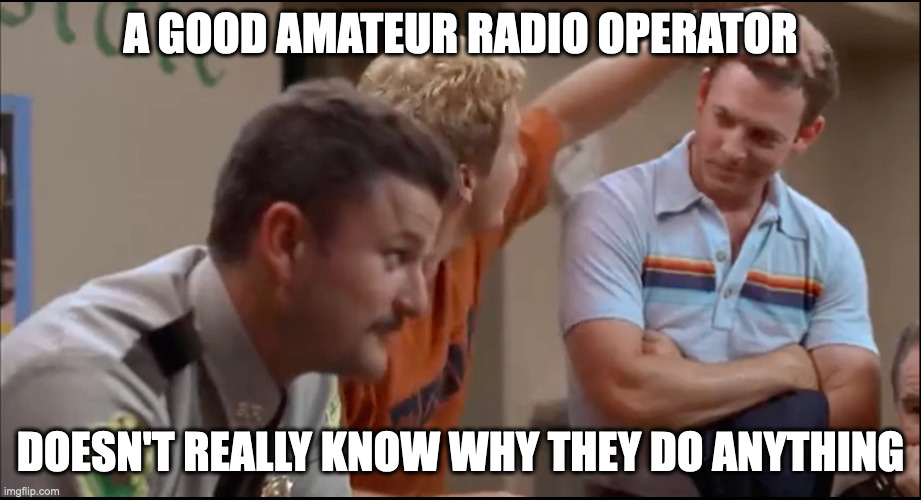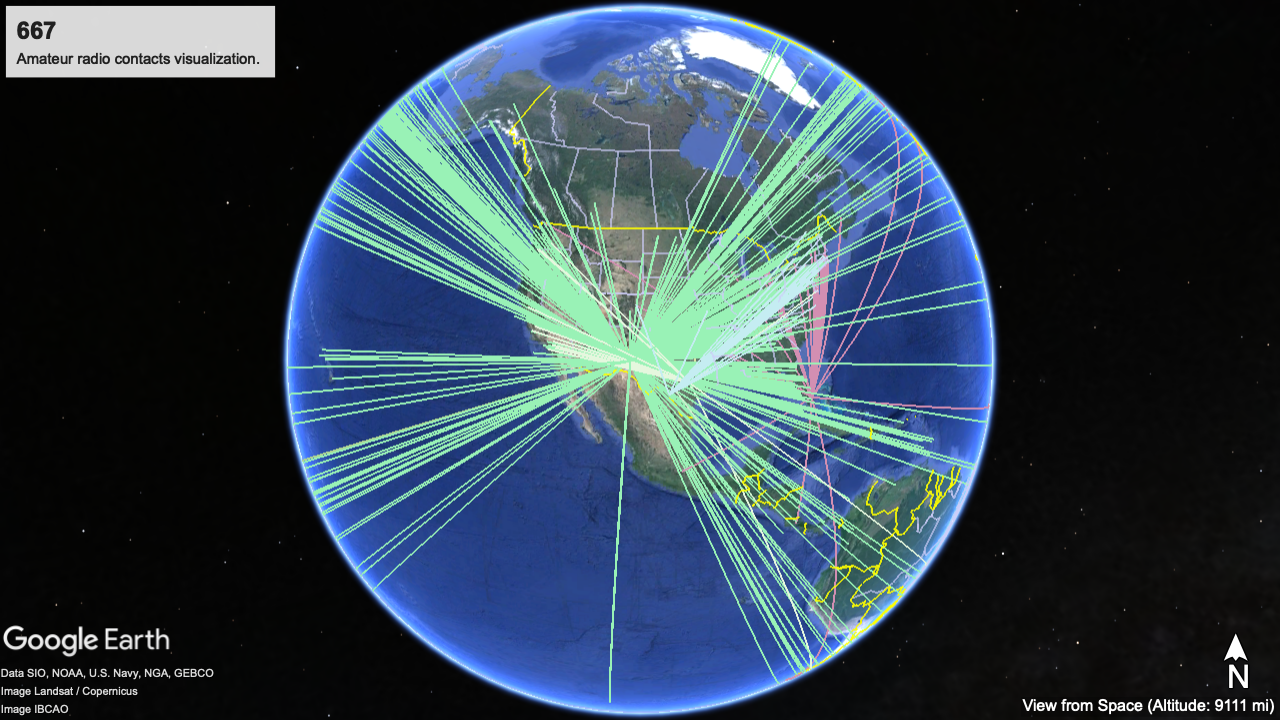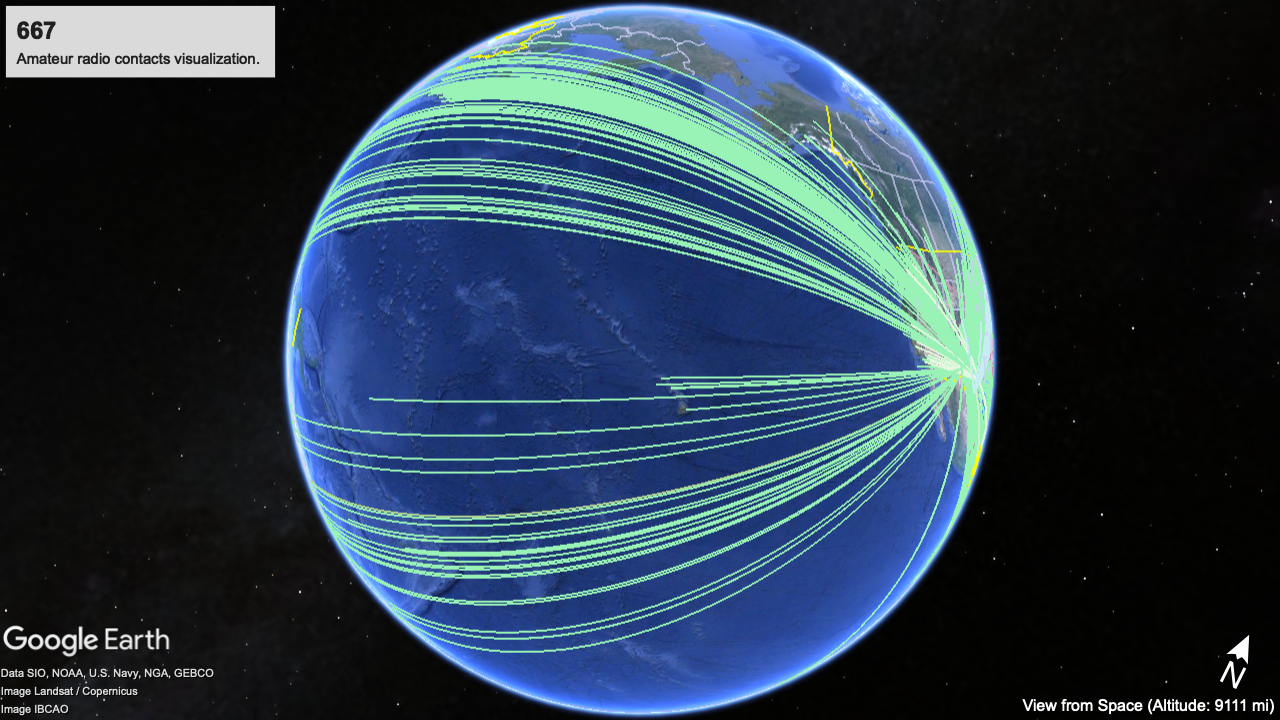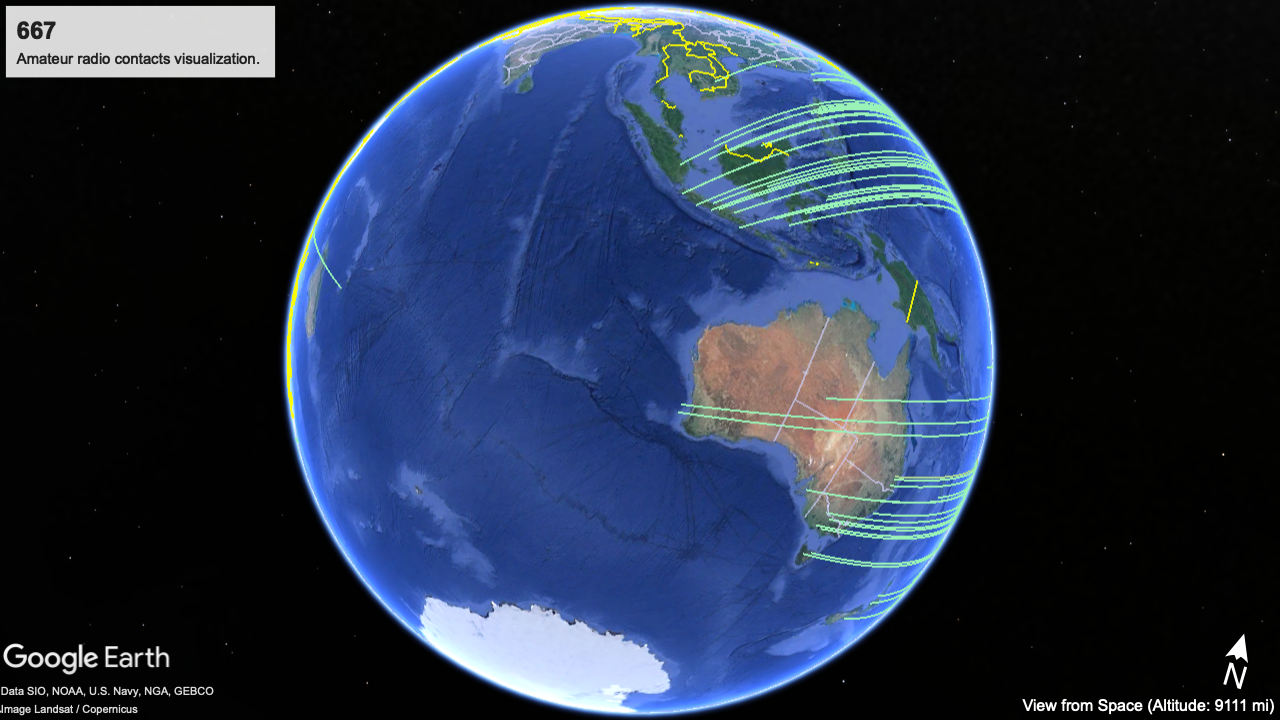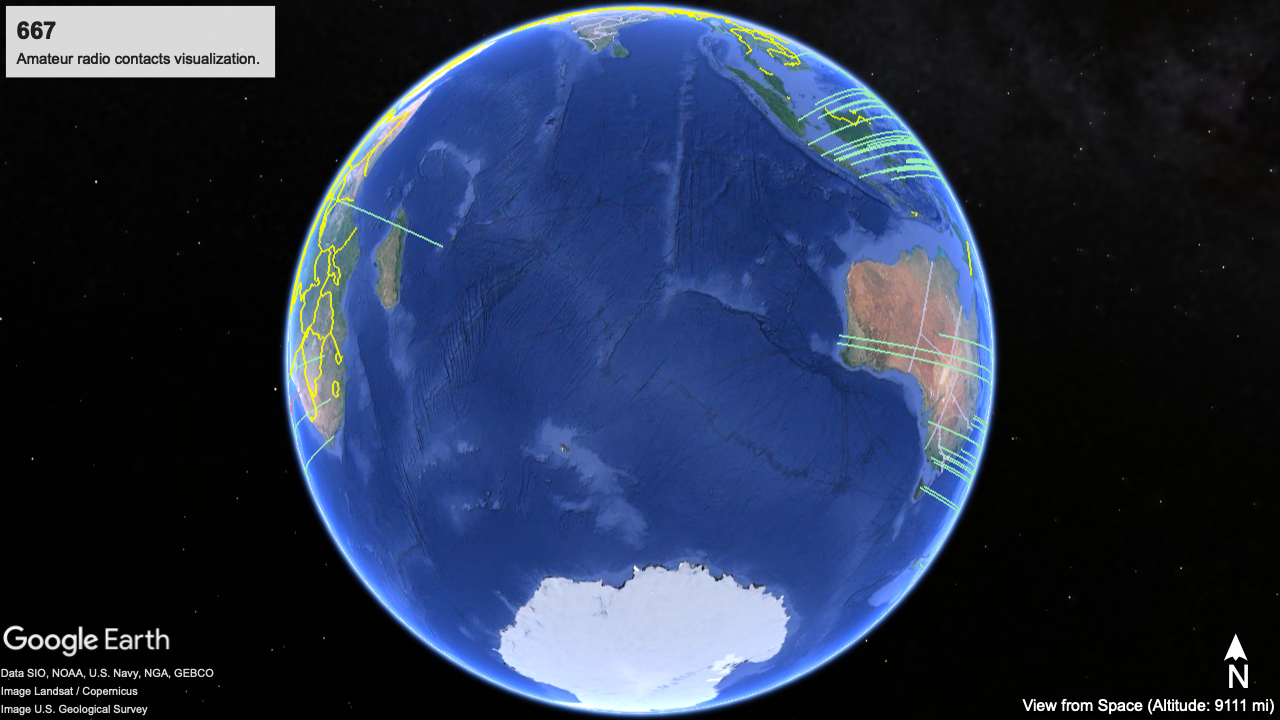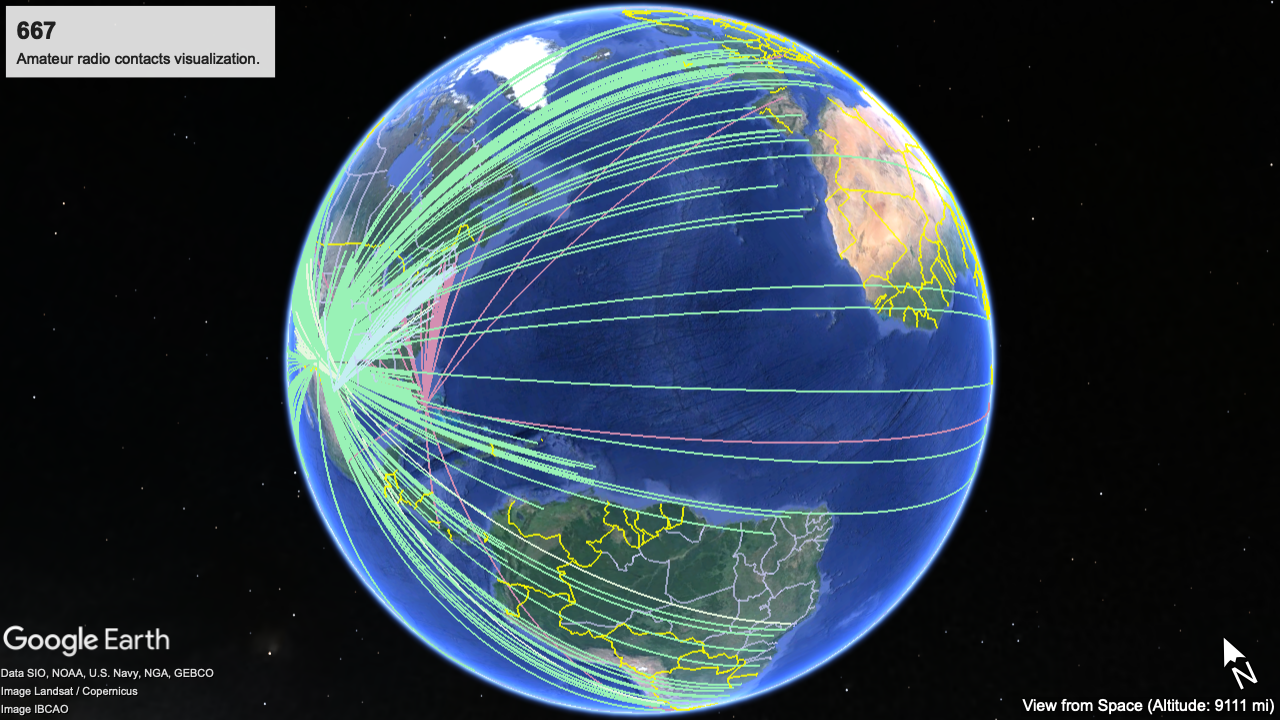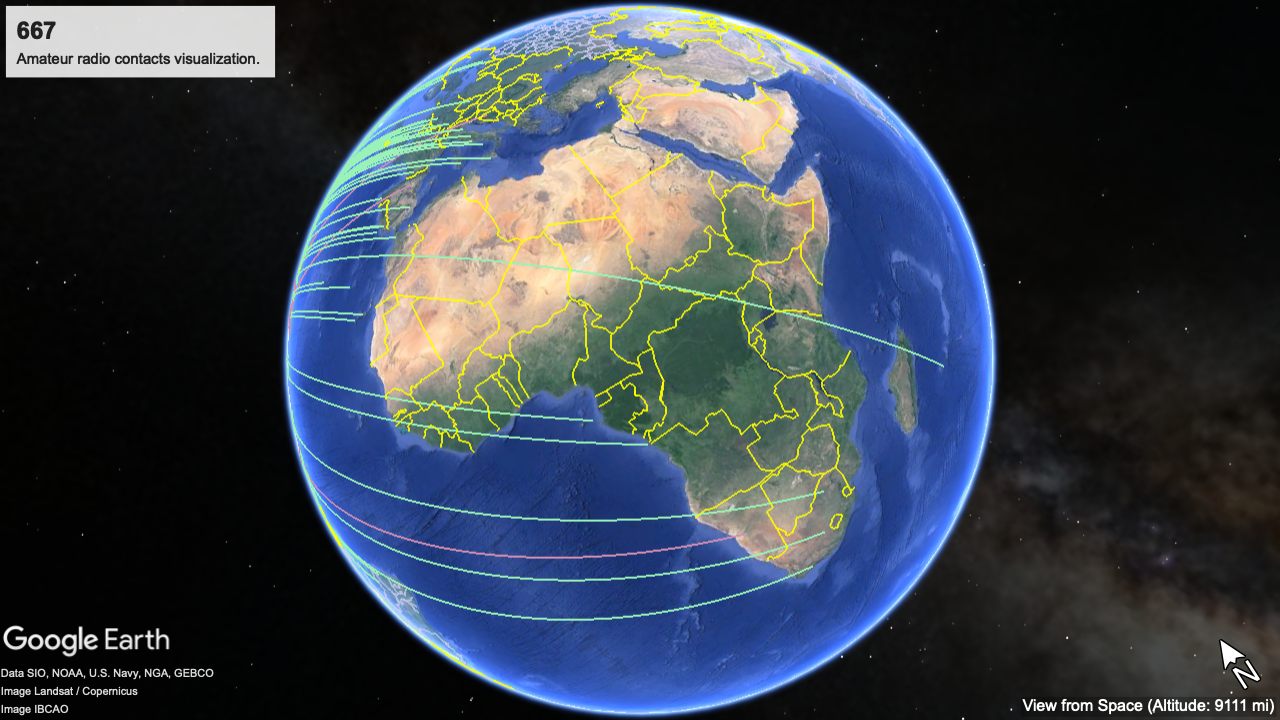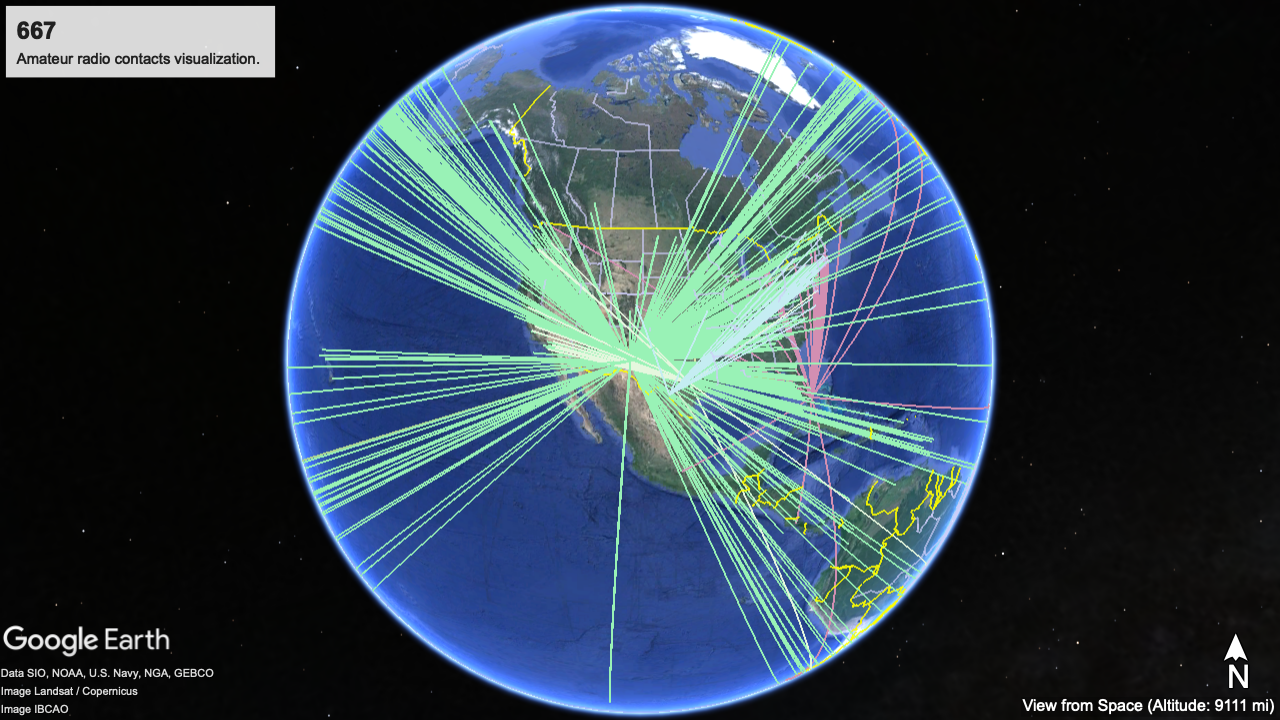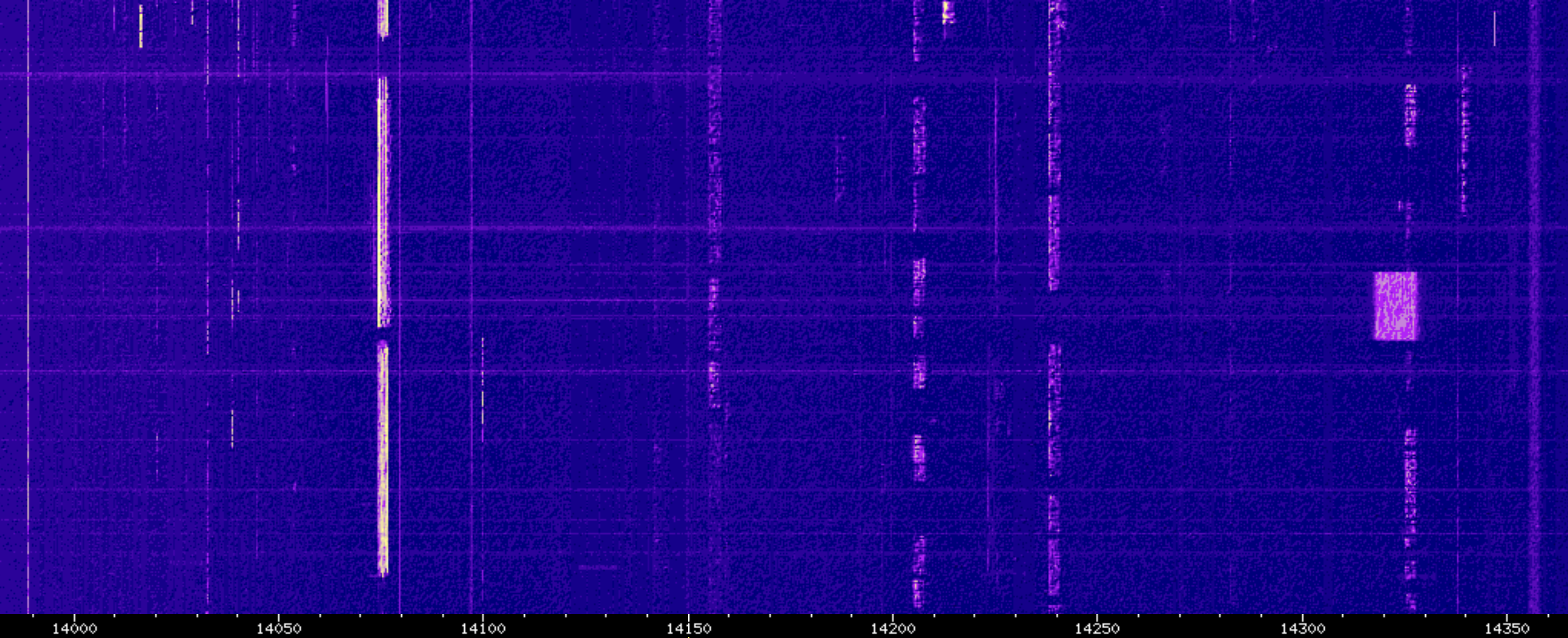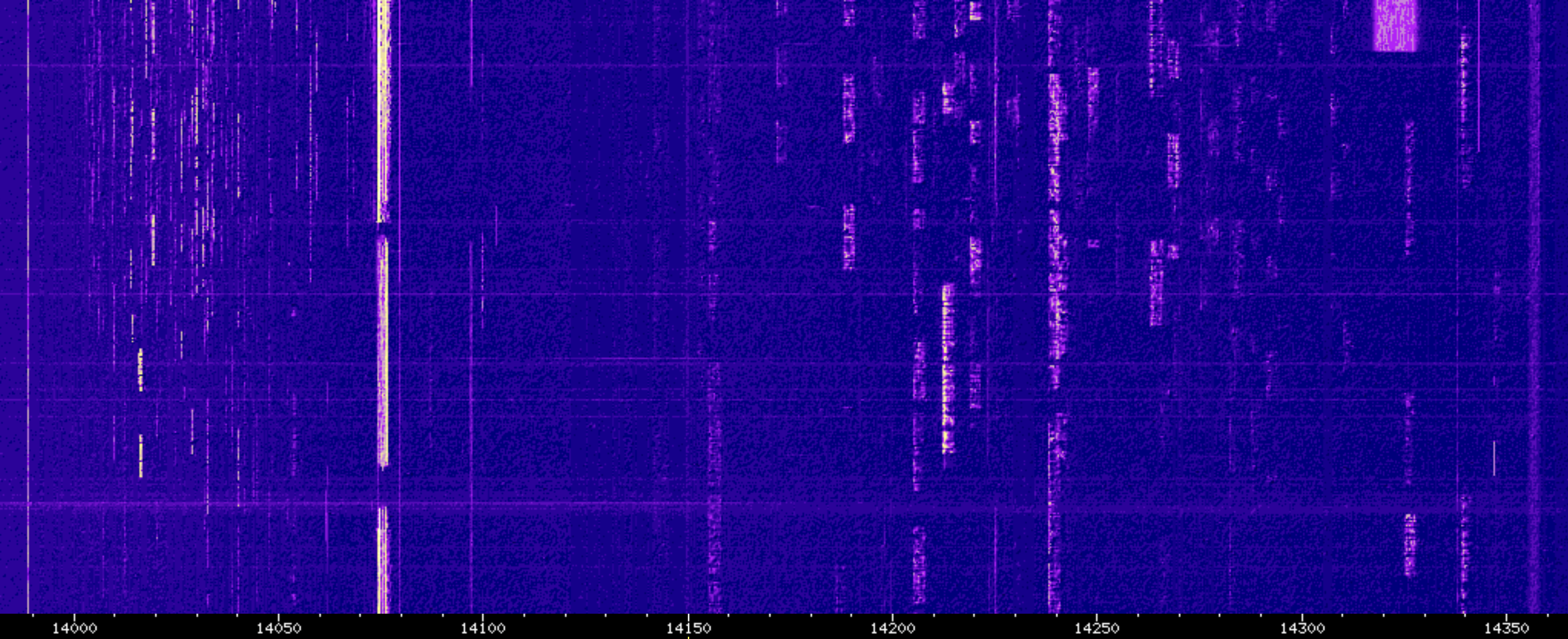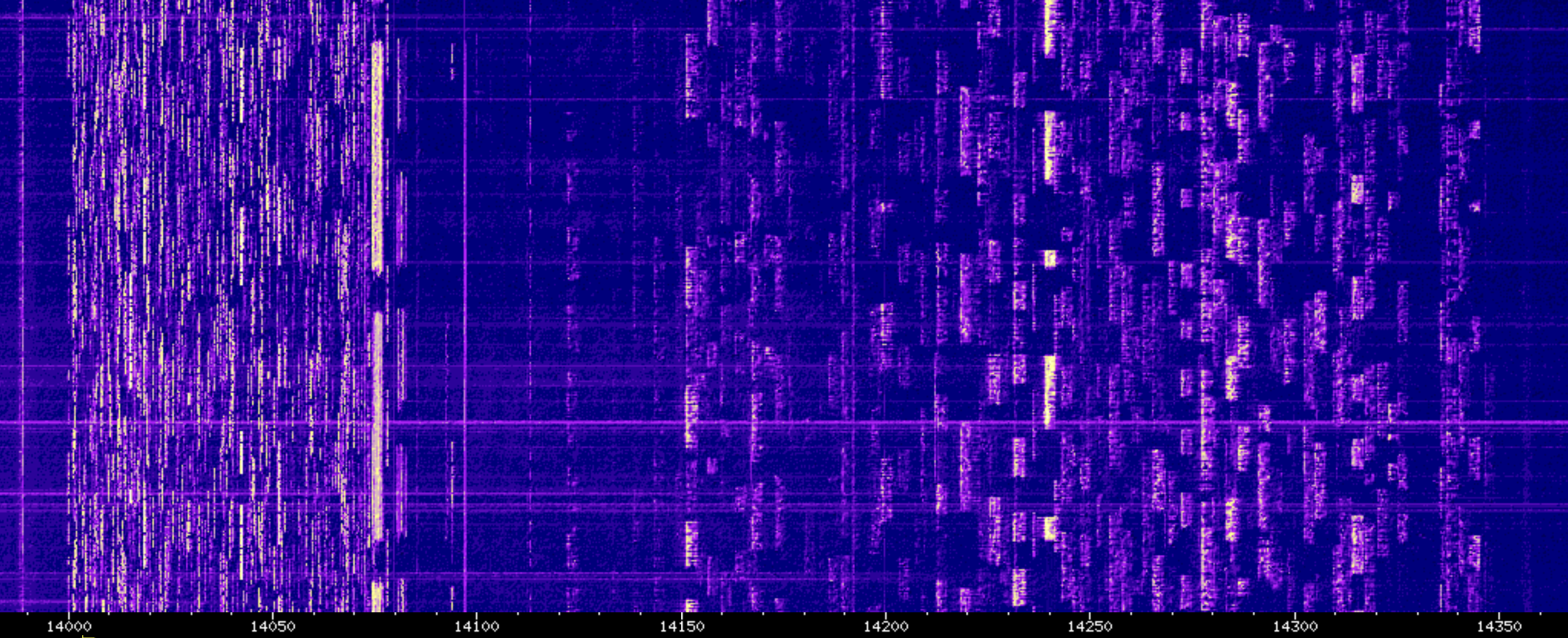Australia has a long relationship with callsigns. Over time the regulator, today the ACMA, the Australian Communications and Media Authority, has seen fit to introduce different types of callsigns and restrictions associated with those callsigns.
The change that made the most waves most recently was the introduction of the so-called F-call. It's a callsign that looks like mine, VK6FLAB. It has a VK prefix for Australia, the number 6 indicating my state, Western Australia, then the letter F, followed by a suffix of three letters.
This type of callsign was introduced in 2005. To this day there are plenty of amateurs on-air who don't believe that this is a real callsign, to the point where some refuse to make contact, or worse, make inflammatory statements about getting a real callsign, and that's just the letters, let alone those who think that the callsign denotes a lack of skill or knowledge demanding that the amateur "upgrade" their license to a real one.
At the time of introduction, the apparent intent was to indicate that the holder was licensed as a Foundation or beginner. In 2020 this was changed, and existing F-call holders were able to apply for a new callsign if they desired. Some did, many did not. Currently there are 1,385 F-calls active and there are 3,748 Foundation class callsigns in the registry.
After this change, you might think that all callsigns in Australia are now either two or three letter suffixes, as-in VK6AA or VK6AAA. Actually, the F-call continues to exist and there are now also two by one calls, VK6A, intended for contesters.
A popular idea is that the F-call is for Foundation license class amateurs only. There are currently 10 Standard and 16 Advanced license classed holders with an F-call. There are also two special event callsigns that sport an F-call.
With the addition of contest callsigns, new prefixes, VJ and VL, were introduced which brought with it the notion that you could use those new prefixes for your callsign. Currently, only contest callsigns are allocated with VJ and VL prefixes.
An often repeated idea is that we're running out of callsigns. Well, there are 1,434,160 possible callsigns if we count each prefix, each state, single, double, triple and F-calls across all prefixes. As it happens, there are at present 15,859 assigned and 53 pending callsigns.
If not all, then surely, we're running out of real callsigns. Nope. If we look at the VK prefix alone, less than 10% of available callsigns have been allocated.
Okay, we've run out of contest callsigns. Nope. There are 1,040 possible contest callsigns and only 188 allocated.
Another popular notion is that we've run out of two-letter callsigns, that is, the suffix has only two letters. Again, no. There are 3,553 allocated out of 6,760, less than 53% has been assigned.
Surely, some states appear to have run out of two-letter callsigns. Well, maybe. Theoretically each state has 676 two-letter callsigns but none have all of those allocated. For example, VK3, with 675 allocated two-letter suffixes, is missing VK3NG for no discernible reason. More on the missing ones shortly. It's impossible to use the current register to determine how many amateurs hold more than one two letter callsign.
Another notion is that you can have a special event callsign as long as it starts with VI. As it happens there are currently special event callsigns registered with VI, VK and AX prefixes. Just over half of them have any online activity to promote the callsign for their event.
You might think that a callsign can only be "Assigned" or "Available". According to the register a callsign can be "Pending", it can also be "Reserved", more on that in a moment, and it can not be in the list at all, "Missing" if you like. Take for example JNW, it's assigned in VK2, it's available in all other states, except VK3 where it simply doesn't exist. This oddity doesn't restrict itself to VK3. Take XCA, available in all states, except VK4. TLC doesn't exist in VK2. Many more examples to go round.
And that's not looking at exclusions due to swear words and reserved words like PAN; but SOS is an assigned callsign. Combinations that you think might be unavailable, like QST, are fine, except in VK2 where it doesn't exist.
It's thought that reservations are only for repeaters. Nope. Suffixes with GG followed by a letter are reserved for the Girl Guides, those that start with S followed by two letters are reserved for Scouts, those starting with WI are for the Wireless Institute of Australia and those with IY are for the International Year of something. Interestingly there is no reference to repeaters or beacons at all in the callsign register since they fall under the old license regime, rather than the new amateur class. And you thought that the system was getting simpler and cheaper to run.
You might think that every state has the same number of callsigns. Ignoring F-calls, VK5 has the most callsigns available and VK3 the least. No doubt this is due to the callsigns that are "Missing" from the register.
This likely leaves you with plenty more questions, but next time someone asserts something about callsigns, perhaps it's time to have a think before you spout.
Note that this information is based on the ACMA callsign register as I found it on the 29th of June 2024. This started as an exploration of just how many different amateur calls were registered.
At the time there were 3,748 Foundation class, 2,079 Standard class and 9,946 Advanced class callsigns assigned or pending.
Without knowing how many callsigns each amateur has been assigned, it's impossible to know just how many amateurs those 15,773 callsigns represent. Perhaps it's time for the regulator to start publishing some data on our community, rather than relying on the likes of me to download 1,774 pages of data and two days analysing it.
I can tell you that I have been assigned two callsigns, one for day-to-day use and one I use for digital modes and contests, given that WSPR doesn't play nice with VK6FLAB and I really have no desire to give up my call.
Before I go, every VK callsign also has an AX equivalent on three days every year, 26 January, 25 April and 17 May and as I said, you can apply for a special event callsign with an AX prefix.
I'm Onno VK6FLAB
